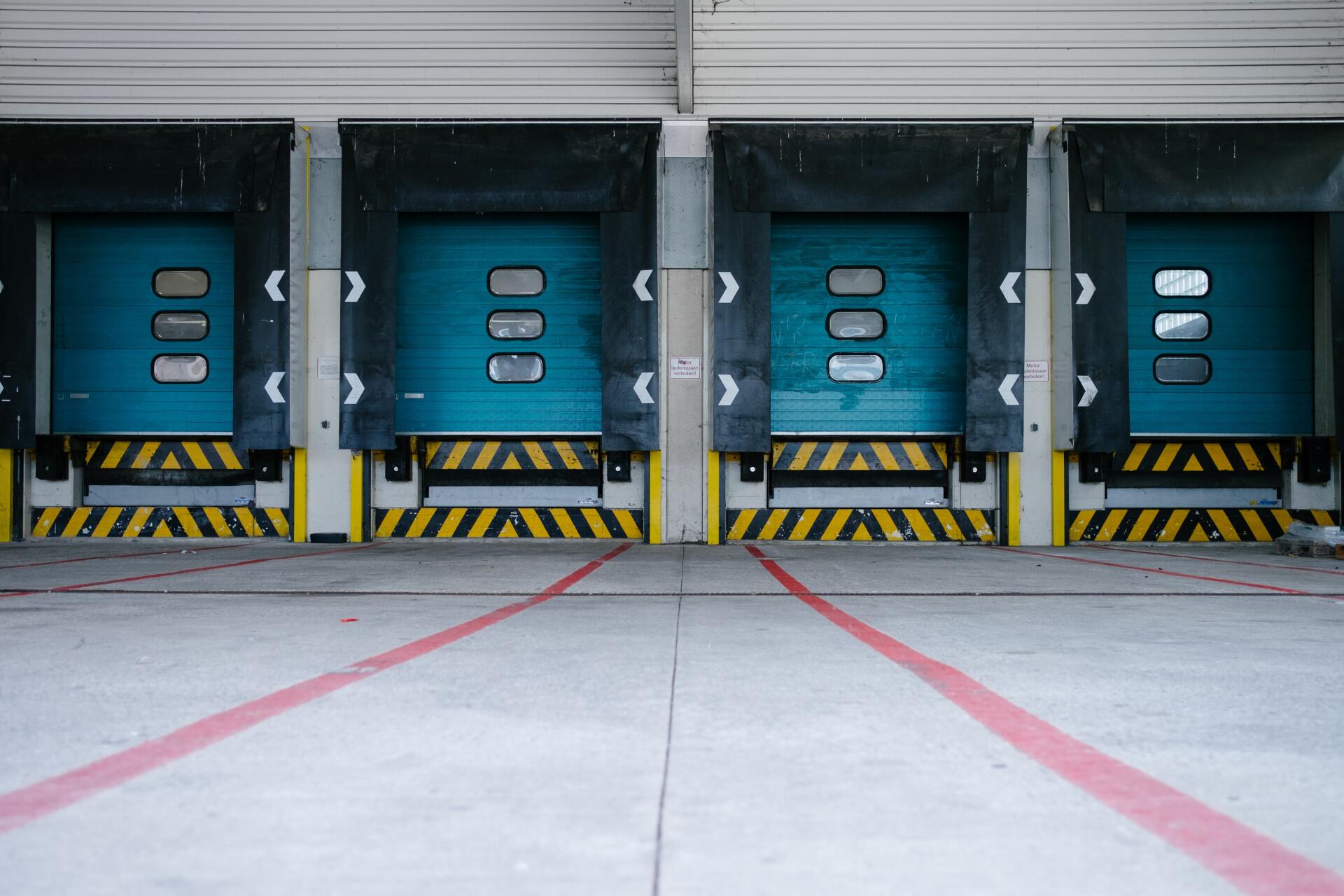2D barcodes: basics, areas of application and potential of the technology
In an increasingly digitalised world, the efficient identification and tracking of products and information is becoming more and more important. While traditional barcodes are still used in many areas, 2D barcodes are becoming increasingly important. This innovative technology opens up new possibilities for companies in data storage, transmission and management, especially in industries such as logistics, retail and healthcare. Barcode technology plays a central role in various areas, such as product labelling, fast information transfer and a wide range of applications in industry, retail and healthcare.
In this article, we highlight the basics of 2D barcodes, how they work, their advantages over traditional barcodes and their wide range of applications. A key advantage of 2D barcodes over classic 1D barcodes is the difference in the amount of information that can be stored: while 1D barcodes can only hold limited data in one dimension, 2D barcodes allow significantly larger amounts of information to be stored.

What is a 2D barcode?
A 2D barcode is a further development of the classic 1D barcode. 2D barcodes store your information both horizontally and vertically. This means that they can accommodate significantly more data in a smaller area.
The most common 2D barcodes are the
Data Matrix and
QR code.
The Data Matrix was developed for the automotive industry to facilitate the traceability of vehicle parts. The QR code (Quick Response Code) can be found in many areas of everyday life, especially in connection with mobile devices (smartphones).
How 2D barcodes work?
The functionality of 2D barcodes is based on encoding data in a grid of black and white modules. These modules, arranged in the form of a square or rectangle, represent the information to be transmitted. The barcode is read by a scanner or smartphone, which interprets the modules and extracts the stored data.
A 2D barcode contains more than just numbers and letters. It can also contain complex data such as URLs, contact information and payment details. This ability to store a wide range of information makes 2D barcodes an extremely flexible solution for a variety of applications.

Types of 2D barcodes
There are various types of 2D barcodes, which are used depending on the area of application and technology:
QR-Codes (Quick Response Codes):
The best-known 2D barcode, known for its high storage capacity and fast readability. QR codes are often used in mobile applications, for example to scan URLs or contact information.
Data Matrix:
Another popular 2D barcode, particularly used in industry, the automotive sector and logistics to store data on small objects.
Aztec:
Frequently used in transportation, particularly in the aviation industry, Aztec codes offer high error tolerance and a very compact size.
Retail: QR codes are used to quickly label products and track inventory. They also allow customers to scan product information and pricing in real
Logistics and supply chain: In the logistics industry, 2D barcodes are used for shipment tracking and inventory management. They enable more accurate and faster tracking of goods and packages.
Marketing: QR codes offer an efficient way to digitise marketing materials and create a direct link between offline and online marketing. They can be printed on flyers, posters or in advertisements and direct users to a landing page or discount promotion.
Healthcare: Hospitals and doctors' offices use 2D barcodes to track patient records and manage medications more efficiently.
Opportunities & potential of 1D barcodes
Cost savings
Since 2D barcodes are inexpensive to print and easy to integrate into existing systems, companies can reduce their production and administrative costs.
Increased efficiency
Barcodes enable fast and error-free recording of information, thereby optimising processes in warehouse management, logistics and retail.
Better customer loyalty
2D barcodes offer an innovative way to improve the customer experience. With a simple scan, customers can directly access relevant information, redeem discounts or sign up for newsletters.
Data integration
Companies can use 2D barcodes to collect real-time data and integrate it into their IT systems, facilitating decision-making based on current data.
The future of 1D barcodes
The future of 2D barcodes is promising. With the increasing use of smartphones and mobile devices, the demand for solutions that enable simple and fast data capture will continue to grow. Increased use in areas such as augmented reality (AR) opens up new potential for the use of 2D barcodes in digital transformation.
2D barcodes compared to 1D barcodes
Although 1D barcodes are still widely used, 2D barcodes offer significant advantages in many respects. Thanks to these advantages, 2D barcodes are particularly useful in scenarios where large amounts of data need to be stored in a small space and accessed quickly.
Compared to traditional 1D barcodes, 2D barcodes offer:
2D-Codes

Data capacity Low
Reading range Short
Capture method Visual contact required
Storage format Text, URLs, contact information
Areas of application Retail, warehouse management, shipping
1D-Codes






